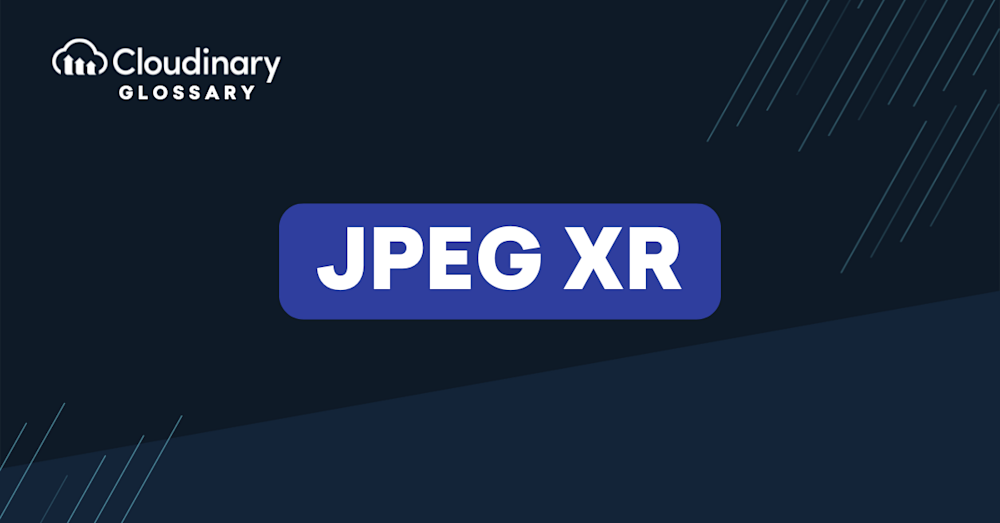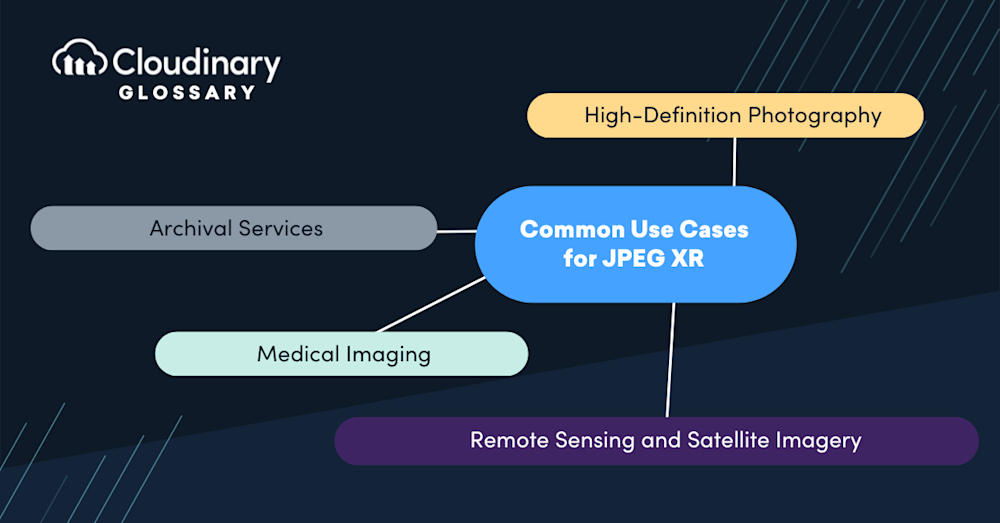What Is JPEG XR?
JPEG XR, which stands for JPEG eXtended Range, is a still image compression standard and file format that provides high image quality with substantial compression ratios. Designed to enhance the JPEG standard, JPEG XR supports a wider dynamic range of color and higher image fidelity. It is especially adept at encoding high-resolution images, which makes it an excellent choice for professional photography and high-definition image storage. One notable feature is its ability to support lossless and lossy compression within the same file format, offering flexibility depending on the user’s needs.
The strength of JPEG XR lies in its advanced coding techniques, such as higher bit depths (up to 32 bits per color channel), support for both floating-point and fixed-point representation, and improved compression methods. This translates into images that showcase finer details, smoother gradients, and richer colors without occupying excessive disk space. That means JPEG XR can be a viable alternative to other formats when balancing image quality with file size is crucial.
Comparing JPEG XR to Other Image Formats
When compared to its well-established predecessor, JPEG, the differences are substantial. JPEG has been the go-to format for image compression primarily due to its widespread support and efficient file size management. However, JPEG XR raises the bar, offering improved compression techniques that lead to higher-quality images at comparable file sizes.
For instance, JPEG XR’s support for 48-bit color depth instead of JPEG’s 24-bit means it can represent a broader range of colors, reducing banding and providing richer visual detail. In terms of flexibility, JPEG XR shines with its ability to switch between lossy and lossless compression seamlessly; JPEG, on the other hand, only supports lossy compression, which means some image quality is always sacrificed for smaller file sizes.
Regarding more modern formats, we have WebP, developed by Google, and HEIF (High Efficiency Image File Format), which Apple utilizes in its devices. WebP is particularly compelling, offering similar features like lossy and lossless compression and support for transparency, often with smaller file sizes than JPEG XR. However, WebP is not as widely supported in image editing software, which can be a hurdle for adoption.
HEIF outperforms JPEG XR in terms of compression efficiency and also supports advanced features such as storing image sequences and depth maps. But again, its ecosystem is not as mature, with compatibility and licensing posing potential challenges. JPEG XR stands in the middle, providing a robust, more compatible format that enhances image quality without the intricacies or limitations its newer counterparts may have.
Common Use Cases for JPEG XR
JPEG XR’s adaptability and enhanced features have carved out niches where it excels, benefitting developers and technical professionals across various industries. Its versatility makes it an asset in several key applications:
- High-Definition Photography – Professionals relying on high bit depth and color accuracy, such as in studio photography, use JPEG XR to retain the quality that might be lost with other formats.
- Archival Services – The lossless compression capability of JPEG XR ensures that historical documents and images are digitized without quality degradation.
- Medical Imaging – The healthcare sector requires precise and high-quality images, and JPEG XR’s support for high dynamic range and lossless compression makes it a strong contender.
- Remote Sensing and Satellite Imagery – JPEG XR can handle the large files and bit depths generated by these technologies while preserving critical detailed information.
- Printing and Publishing – Given its high color fidelity and support for a wide gamut, JPEG XR is excellent for print media, ensuring images remain faithful to the original in print form.
- Web Applications – JPEG XR provides greater efficiency, especially for high-resolution images, for web developers who want to balance image quality and load times.
Pros and Cons of JPEG XR
Pros of JPEG XR
- Enhanced Compression Efficiency – JPEG XR’s advanced compression techniques result in smaller file sizes without compromising image quality, making it ideal for image transmission and storage.
- Wide Color Representation – With support for extended color spaces, JPEG XR preserves a broader range of color and tonal information, reproducing lifelike and visually stunning images.
Cons of JPEG XR
- Compatibility and Adoption – JPEG XR faces challenges in terms of software support and compatibility, which could potentially limit its widespread adoption.
- Larger Files for Lossless Compression – Maintaining lossless image quality with JPEG XR may lead to larger file sizes, necessitating additional storage capacity.
Wrapping Up
JPEG XR represents a pivotal advancement in image compression technology, setting a new standard for high-performance visual content preservation. Embracing its capabilities opens up a world of possibilities for organizations seeking to maintain uncompromising image quality while optimizing storage and transmission efficiency.
Take control of your media files with Cloudinary’s comprehensive digital asset management tools. Sign up for free today!
Also, you may want to try our latest tools:





